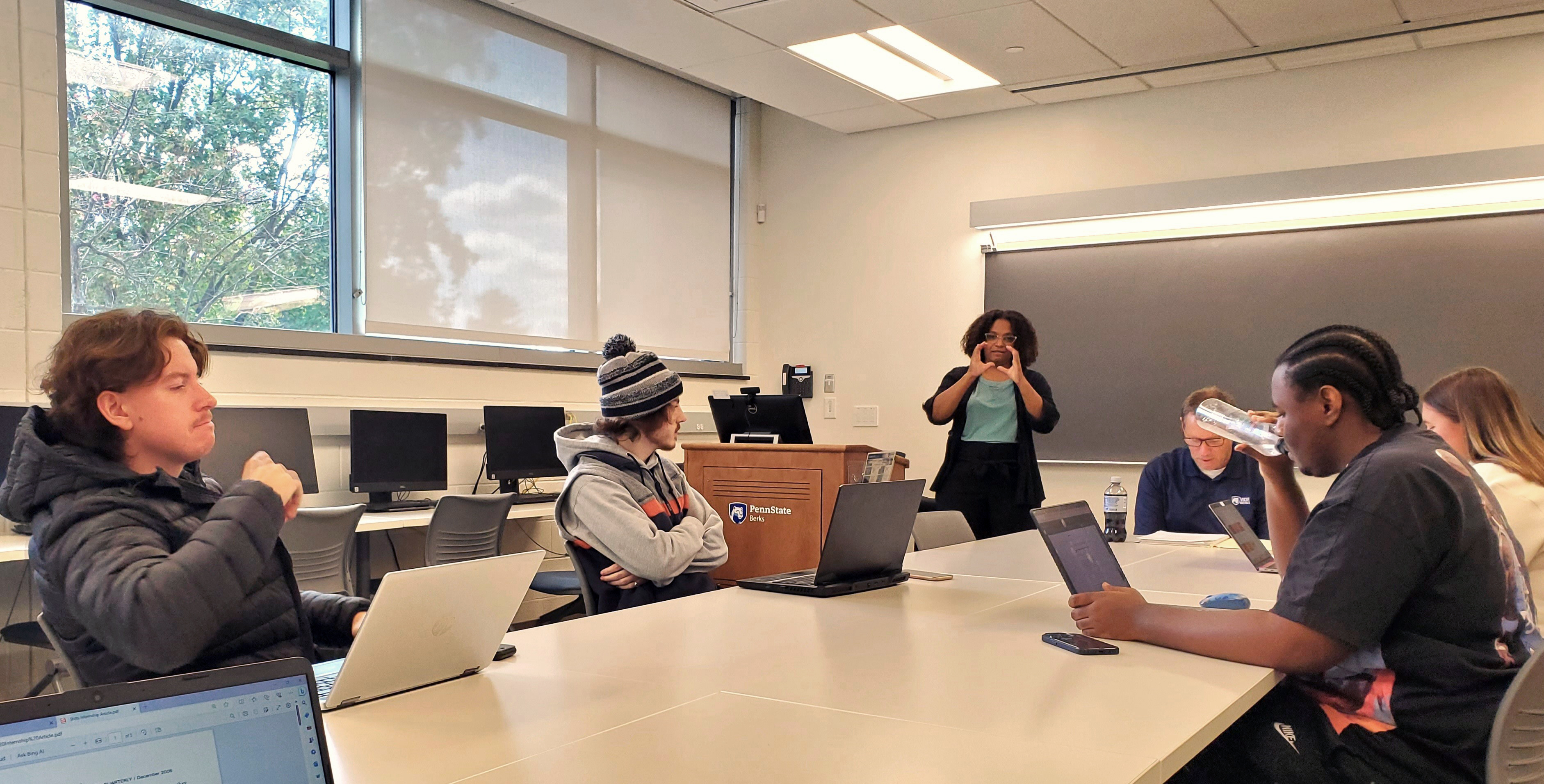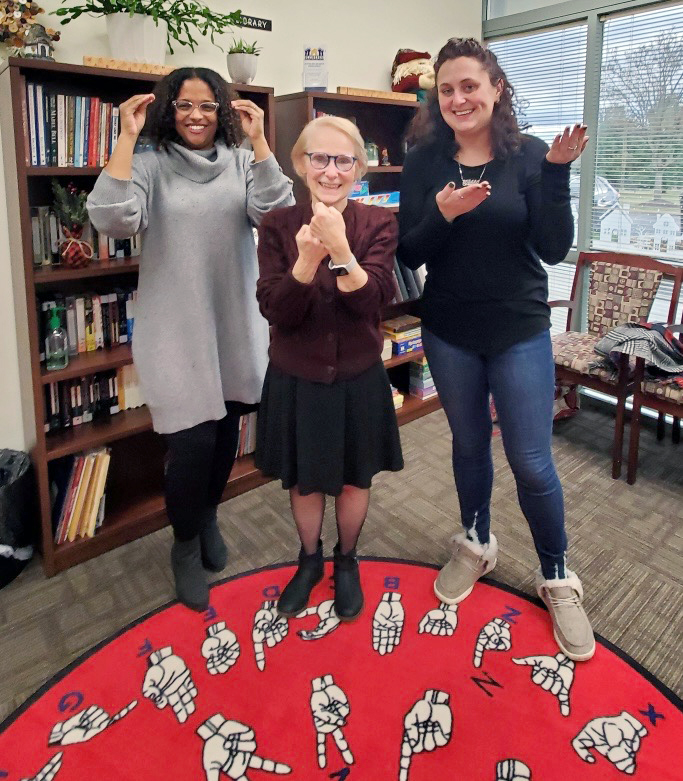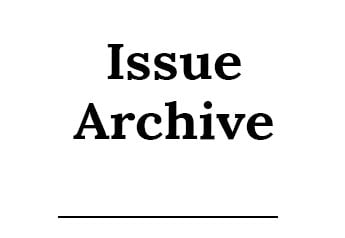
Imagine sitting in a silent classroom. The teacher’s mouth begins to move. You see your classmates raising their hands to answer questions. You can’t hear a thing. But standing next to the teacher is an interpreter. As she begins to sign, she paints and sculpts the words in the air that you can’t hear.
I’m currently a deaf student at Penn State Berks University. Keystone Deaf and Hard of Hearing Services’ (KDHHS) interpreters opened the door into the education system and lit the spark that ignited my passion for learning. Today, my interpreter, Stephanie Fains, signs with her hands, using facial expressions and body language to interpret what my teacher is saying, enabling me to understand what my professor is teaching and what my classmates are saying.
Stephanie attended Bloomsburg University for four years to earn a degree as an American Sign Language interpreter. She has been an interpreter for KDHHS for more than 23 years and is KDHHS’ Interpreting Coordinator. She has been my interpreter for a variety of classes at both RACC and Penn State University.
I ask Stephanie, “What motivated you to learn American Sign Language?”
She closes her eyes in thought and answers, “My older sister is Deaf. We communicate with each other in sign language. I remember my sister and I used to play a game of who could fingerspell a word the fastest. My sister always won.”
When asked about what rewards her job brings, she says, “The most rewarding part of my job as an interpreter is when I see a student’s facial expression and eyes light up at understanding something for the first time.”
Interpreters remove the barriers for Deaf and Hard of Hearing students.
“The most rewarding part of my job as an interpreter is when I see a student’s facial expression and eyes light up at understanding something for the first time.”

Nikki Mergel, my interpreter for a PSU class, started at Bloomsburg University to discover what she wanted to study. She says, “There was a choice of two languages for credit, and one of them was an American Sign Language class.” Nikki’s eyes light up as she recalls, “When I saw an interpreter signing fluently what my Deaf professor was signing, I was instantly inspired. That was it. That was the moment I knew what I wanted to do.”
As I walk into Elizabeth Setley’s office at KDHHS, she greets me with a good morning sign. She has been KDHHS’ interpreting services director for 23 years.
Elizabeth says, “When I was working at Berks County Intermediate Unit (BCIU), my supervisor did an evaluation of one of the students I worked with and discovered the student’s primary otherwise abled condition is that the student is Deaf. She asked if I would take sign language classes to help the student.”
This experience inspired a new path for Setley. She went to Gallaudet University for five years to become a nationally certified interpreter.
It’s impossible to quantify the importance of KDHHS’ interpreters for Deaf and Hard of Hearing students.
KDHHS provides interpreters for Deaf and Hard of hearing students throughout Berks County. For more information about KDHHS, visit online at kdhhs.net.















